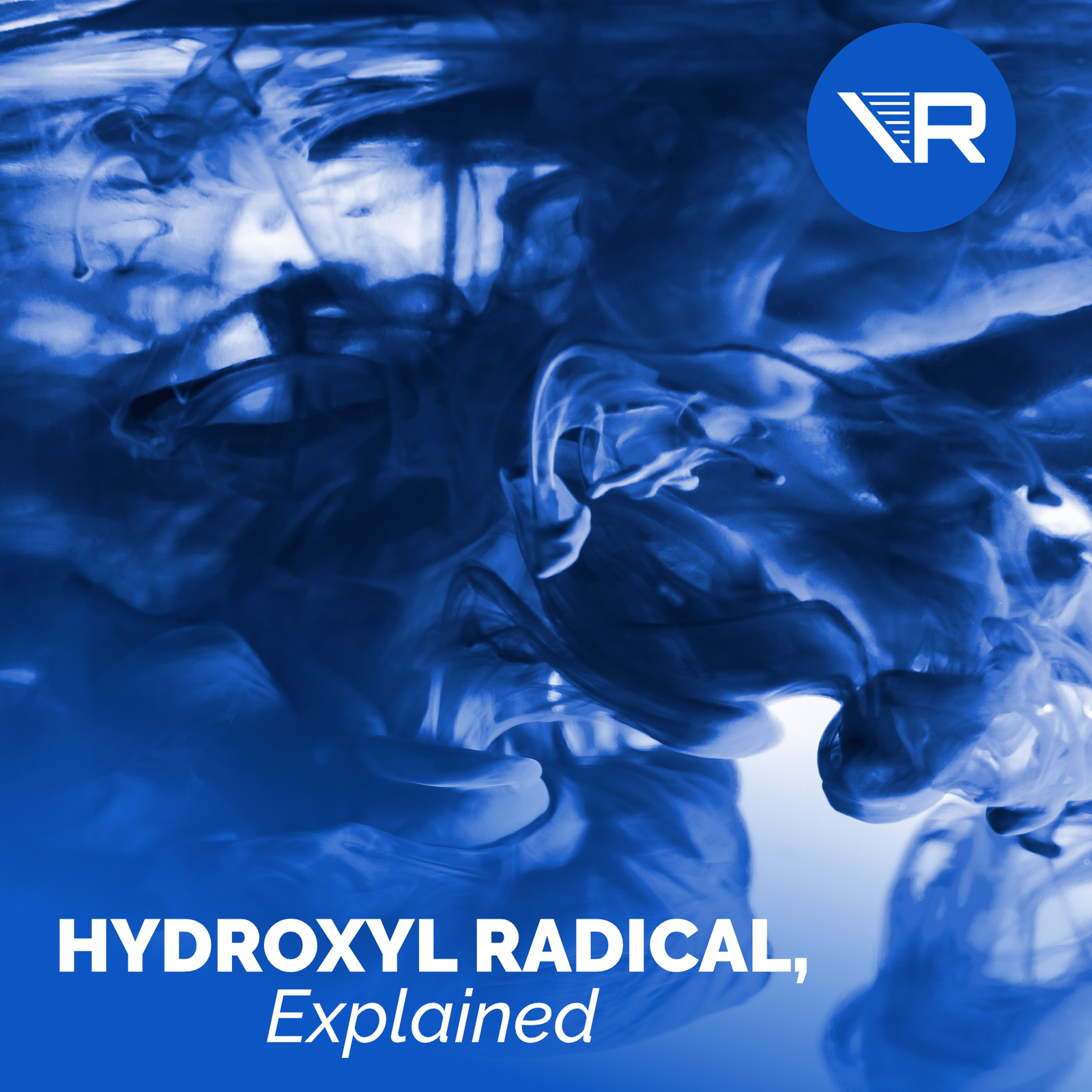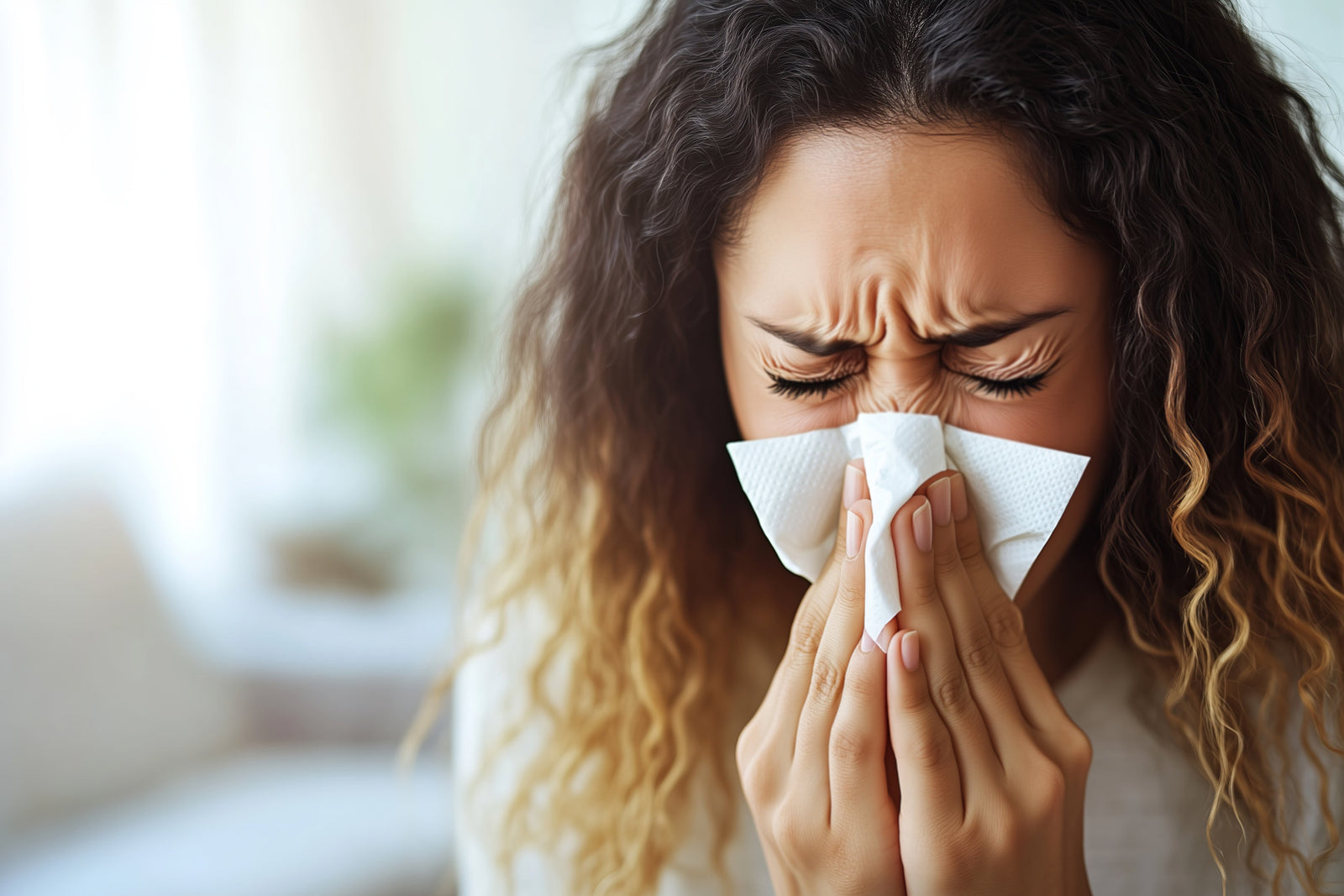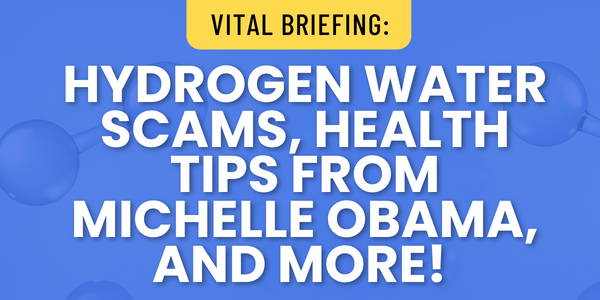
You’ve more than likely heard or read about free radicals, but Hydroxyl Radical – a type of reactive oxygen species – takes the crown when it comes to destroying your body’s cells.
If you’ve never heard of Hydroxyl Radicals, here’s your chance. In this post, we go discuss the following points in detail:
○ What Hydroxyl Radicals are and how they form
○ How antioxidants fight against free radicals like Hydroxyl Radical
○ Top 3 most effective types of antioxidants
Let's dive right in.
What do smoking, pollution, alcohol and ultraviolet radiation all have in common?
Well...
These exogenous factors are all sources of free radicals, which contribute to higher oxidative stress levels and can lead to the development of various debilitating diseases.
Free radicals, such as reactive oxygen species, or ROS (e.g. superoxide anions, hydroxyl radicals, singlet oxygen etc.), are typically molecules with two or more unpaired electrons that can readily react with other molecules to form new volatile molecules, which in turn can potentially damage cell organelles.

Image source: doctorsbeyondmedicine.com
Now:
Under normal conditions, free radical production is just another physiological phenomenon because every living organism can counteract excessive amounts of free radicals via antioxidants and enzymes that convert these reactive species into stable compounds.
However, when the number of free radicals outstrips the number of antioxidants and enzymes, then oxidative stress occurs.

Image source: www.ehu.eus
Among all the different ROS, the hydroxyl radical (OH•), which is naturally present in both organisms and the atmosphere, turns out to be the most destructive, with the highest reactivity profile and greatest damage potential.
Unfortunately, it also has weak selectivity, affecting nearly all types of cell organelles.
With this knowledge in mind, today we will be learning about this harmful free radical, as well as practical ways to combat its detrimental effects!
What are Hydroxyl Radicals?
First of all:
Although they are the neutral form of hydroxide ions, hydroxyl radicals are extremely potent and reactive, with the ability to readily react with both organic and inorganic molecules, including DNA, carbohydrates, lipids, and proteins.
These interactions ultimately may lead to catastrophic damage to our cells, more so than any other kind of ROS.
Production of Hydroxyl Radicals in the body
Now, let’s discuss how hydroxyl radicals are made in our bodies.
Humans, as aerobic organisms, consume oxygen for survival. About 90% of consumed oxygen is typically reduced to water while the remaining 10% is reduced to a superoxide anion radical or hydrogen peroxide.
Afterward, the physiological generation of free radicals results from other biochemical reactions via enzymes. Furthermore, transition metal ions, namely iron and copper ions, are necessary for generating radicals.
Usually, these metal ions are bound with other proteins or molecules but circumstances can cause these ions to become freely available.
For example, under stressful conditions, excess superoxide anions from oxidative metabolism can release free iron from ferritin (blood cell protein), thus facilitating the promotion of hydroxyl radical production.
The Haber-Weiss Reaction
The major reaction in which the hydroxyl radical is generated is named the Haber-Weiss reaction and consists of two main steps.
The first step occurs when ferric (iron) ions are reduced to ferrous ions in the presence of superoxide radicals. These superoxide radicals are then in turn removed by the superoxide dismutase enzyme, thus producing hydrogen peroxide.
The second step is specifically called the Fenton reaction, in which the hydrogen peroxide then generates hydroxyl radicals and ferric ions in the presence of the reduced ferrous ions from the initial reaction.
Hydroxyl Radical and Its Role in Oxidative Stress
When it comes to oxidative stress, there are two categories: acute and chronic.
The former is mostly benign, as it is transient and eventually will stabilize to physiologically normal levels. In contrast, the latter is more of concern, because the great imbalance between free radical formation and the cells’ capability to clear these radicals has proven to be detrimental to human health.
It is associated with the initiation and progression of numerous serious diseases like cardiovascular disease (e.g. atherosclerosis), MS (multiple sclerosis), respiratory disease, rheumatoid arthritis (RA), kidney disease, amyotrophic lateral sclerosis (ALS), diabetes and neurodegenerative diseases like Parkinson’s and Alzheimer’s.
In the case of hydroxyl radicals, there are three main oxidative stress-related reactions that give rise to different types of physiological damage.
However, they all lead to the formation of new radicals and propagation of chain reactions. First of all, hydroxyl radicals can directly attack DNA, triggering cell mutations and the possible development of cancer. Additionally, hydroxyl radicals can cause lipid peroxidation, which increases the membrane leakiness as well as the loss of membrane integrity.
Finally, these injurious radicals may inflict oxidative damage on proteins, impairing the function of various receptors, antibodies, transport proteins, enzymes, etc.
Antioxidants: The Role in Oxidative Stress
In order to maintain optimal health, antioxidants are essential and key to limiting the negative impact of oxidative stress on our bodies.
Antioxidants are molecules that inhibit free radical reactions and delay or hinder cellular damage.
They are categorized as exogenous or endogenous, enzymatic (remove free radicals via conversion to water) or non-enzymatic (interrupt radical chain reactions), small-molecule (neutralize ROS via radical scavenging) or large-molecule (absorb and prevent ROS from attacking), and water-soluble (present in cellular fluids) or lipid-soluble (located in cell membranes).
Although there are endogenous antioxidant defense systems that help regulate the level of free radicals, our bodies need supplemental support, namely exogenous antioxidants as well.
Luckily, our average diets consist of hundreds of natural antioxidants, such as vitamins C & E, flavonoids, and beta carotene. These can be found in varying amounts in foods and beverages.
Three Antioxidants That Target the Hydroxyl Radical
However, since we are on the topic of hydroxyl radicals, we will be elaborating on three specific antioxidants that effectively target and inhibit hydroxyl radicals.

Image source: scienceline.org
Antioxidant #1: Ferulic Acid
With its low toxicity, easy absorption, long half-life and many physiological benefits (anti-inflammatory, antithrombotic, antimicrobial etc.), ferulic acid is a superior antioxidant. In terms of dietary intake, it is found in grapes, parsley, spinach, rhubarb and whole grains.
Regarding its antioxidant mechanism of action, ferulic acid mainly inhibits the forming of ROS, neutralizing free radicals, and chelating metal ions. It also helps inhibit free radical generation catalyzers and enhances other scavenger enzyme activity.
Ferulic acids and its related compounds can bind transition metals like iron and copper, which are required for hydroxyl radical generation. Hence, they play a significant role in preventing hydroxyl radical production and any subsequent cell membrane peroxidation.
Antioxidant #2: Resveratrol
Resveratrol, as a natural antioxidant agent, scavenges hydroxyl radicals and other ROS by directly neutralizing or indirectly upregulating the gene expression of antioxidant defensive enzymes, including the previously mentioned superoxide dismutase enzyme.
Another function is how it can chelate metal ions; for example, binding ferrous ions to deter and inhibit toxic hydroxyl radical formation.
As a naturally occurring plant compound, resveratrol is present in many foods, including berries, peanuts, plums, grapes and red wine.

Antioxidant #3: Molecular Hydrogen
Despite being colorless, odorless and tasteless, molecular hydrogen is an unassuming molecule that provides direct antioxidant benefits as well as having a high safety profile. As an antioxidant with a rapid diffusion rate, it selectively neutralizes and scavenges hydroxyl radicals alongside other ROS. It also reduces oxidative stress via potentiation of superoxide dismutase enzymes, which then helps lower the number of hydroxyl radicals. Molecular hydrogen tablets can be simply dissolved in water and easily added to your daily routine.
Take-Home Message
Although hydroxyl radicals are harmful and detrimental to our health, there are ways proven by research and clinical studies that show how certain foods and drinks can mitigate the negative effects of these potent radicals.
By consuming a diverse diet with many sources of natural antioxidants, one can improve their body’s ability to handle oxidative stress.
With that in mind, it’s best to always have some fruits and veggies at every meal and if you’re up for a challenge, you can always try aiming for a more plant-based diet as well!




Leave a comment (all fields required)